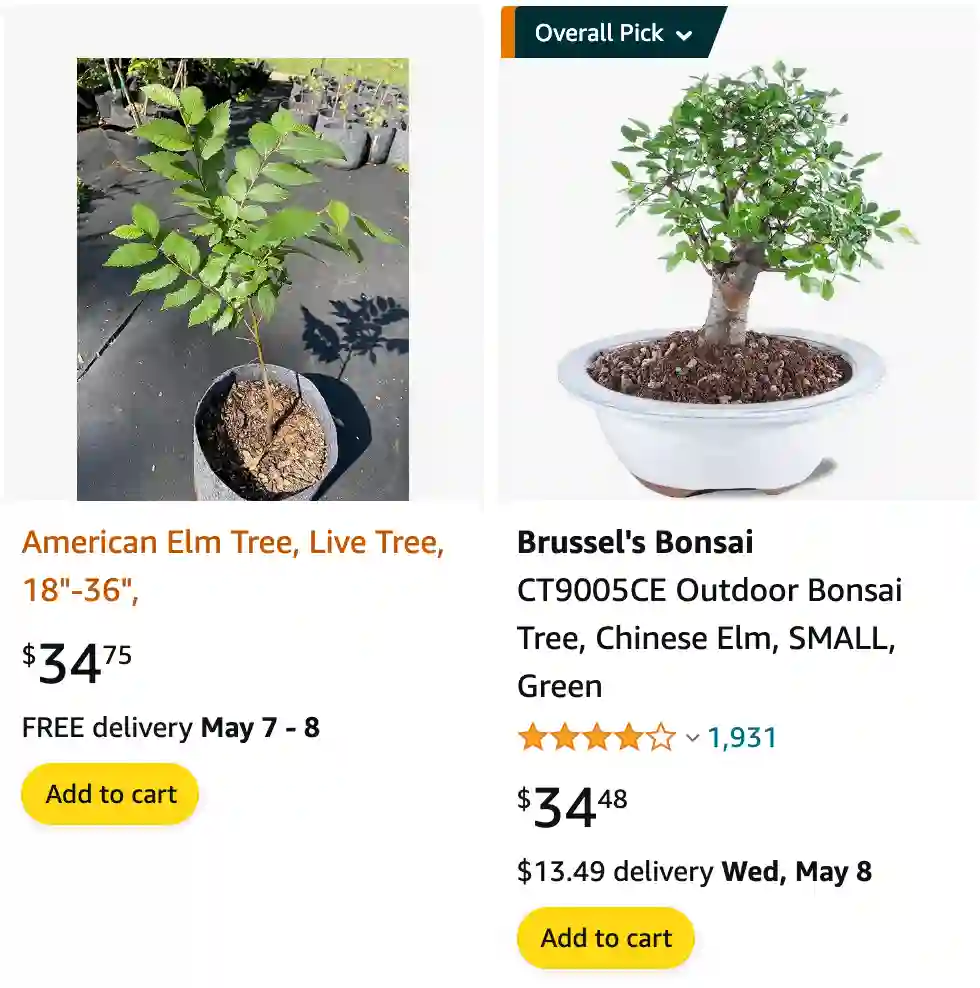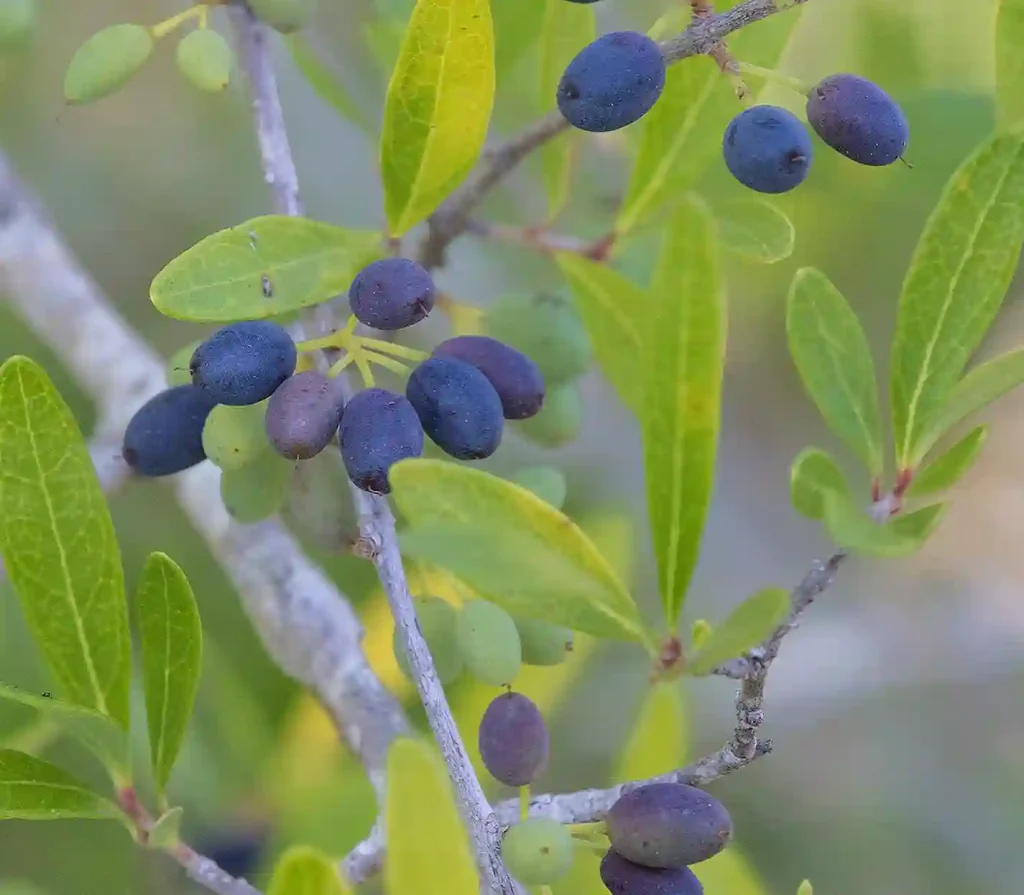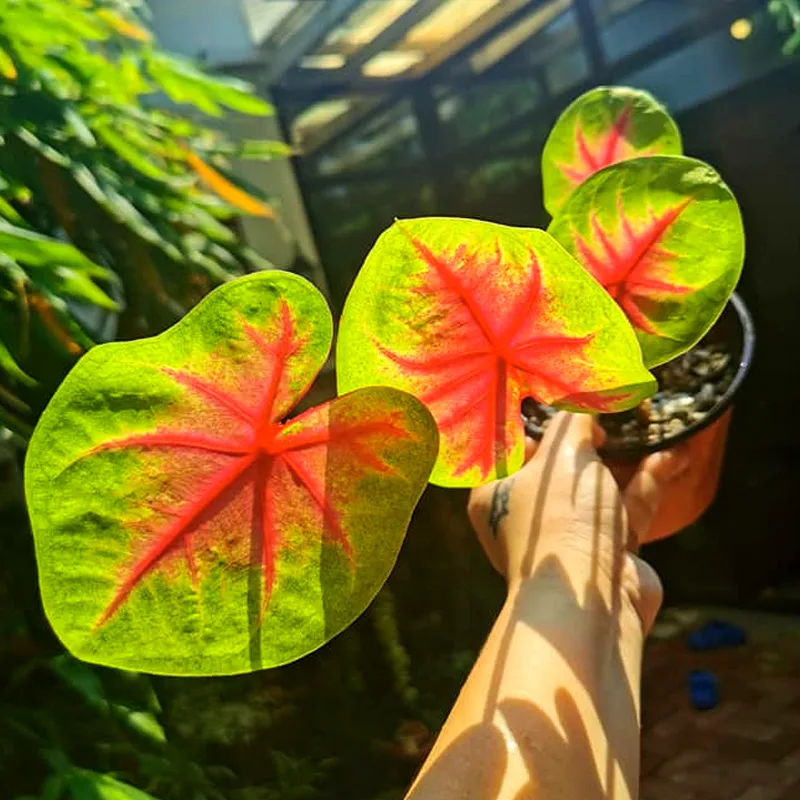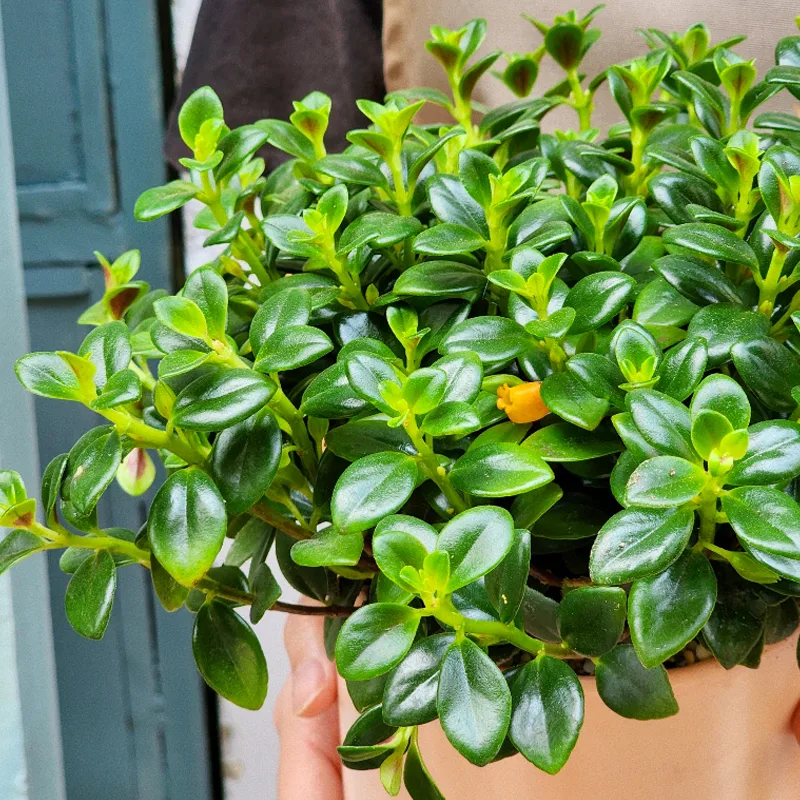
The Elm: A Majestic Tree
As a lover of nature, I’m always drawn to the grandeur and resilience of trees. Among my favorites is the elm, a genus of deciduous and semi-deciduous trees that have graced our planet for millions of years. The elm, belonging to the Ulmus genus, has a rich history intertwined with human civilization. Its strong, durable wood has been used for everything from furniture and flooring to shipbuilding and even coffins. But beyond its practical uses, the elm holds a special place in our hearts for its beauty and its ability to withstand the test of time.
Plant Family: 7 Genera in Ulmaceae – Elm Family
What does an elm tree look like?
Elm trees are these majestic giants in my neighborhood park. They’re huge, easily towering over most other trees, with these broad, arching branches that spread out like a massive umbrella. The coolest part is the bark – it’s rough and bumpy, almost like a million tiny mountains, and it’s this cool gray-brown color that looks really ancient. In the summer, the leaves are this beautiful dark green, and they have these little serrated edges that I always loved running my fingers along (not the best idea, I know, but they were so tempting!).
What color do elm trees turn in the fall?
Fall is when the elm trees in the park really put on a show. The leaves slowly transition from their summer greens to this explosion of yellows. It’s not just a uniform yellow either, there are these streaks of orange and sometimes even a little bit of red mixed in. It’s like the tree’s putting on a farewell party before winter arrives. The leaves all fall down slowly, blanketing the ground in a golden carpet that’s perfect for crunching through on a crisp autumn day.
A Diverse Family
The Ulmus genus belong to the Ulmaceae family, is incredibly diverse, with somewhere 43 species spread across the Northern Hemisphere:
- American Elm (Ulmus americana): Once a ubiquitous presence in North American cities, this majestic tree is known for its graceful, vase-shaped canopy. Sadly, Dutch elm disease has decimated its population, but efforts are underway to develop resistant varieties.
- English Elm (Ulmus procera): Native to Europe, this species is characterized by its tall, upright growth habit and its ability to tolerate urban conditions.
- Chinese Elm (Ulmus parvifolia): This Asian species is prized for its smaller size, making it a popular choice for urban landscapes and bonsai cultivation. Plant FAQs: Chinese Elm – Ulmus Parvifolia
- Wych Elm (Ulmus glabra): This European elm is known for its distinctive, fan-shaped leaves and its ability to thrive in a variety of climates. Plant FAQs: Ulmus Glabra
- Siberian Elm (Ulmus pumila): A hardy species native to Asia, it’s known for its rapid growth and tolerance of drought conditions.
- Ulmus alata Michx.
- Ulmus × androssowii Litv.
- Ulmus bergmanniana C.K.Schneid.
- Ulmus boissieri Grudz.
- Ulmus × brandisiana C.K.Schneid.
- Ulmus castaneifolia Hemsl.
- Ulmus changii W.C.Cheng
- Ulmus chenmoui W.C.Cheng
- Ulmus chumlia Melville & Heybroek
- Ulmus crassifolia Nutt.
- Ulmus davidiana Planch.
- Ulmus elliptica K.Koch
- Ulmus elongata L.K.Fu & C.S.Ding
- Ulmus gaussenii W.C.Cheng
- Ulmus glaucescens Franch.
- Ulmus harbinensis S.Q.Nie & G.Q.Huang
- Ulmus × hollandica Mill.
- Ulmus × intermedia Elowsky
- Ulmus ismaelis Todzia & Panero
- Ulmus kunmingensis W.C.Cheng
- Ulmus laciniata (Herder) Mayr ex Schwapp.
- Ulmus laevis Pall.
- Ulmus lamellosa C.Wang & S.L.Chang
- Ulmus lanceifolia Roxb.
- Ulmus macrocarpa Hance
- Ulmus × mesocarpa M.Kim & S.Lee
- Ulmus mexicana (Liebm.) Planch.
- Ulmus microcarpa L.K.Fu
- Ulmus minor Mill.
- Ulmus prunifolia W.C.Cheng & L.K.Fu
- Ulmus pseudopropinqua F.T.Wang & S.X.Li
- Ulmus rubra Muhl.
- Ulmus serotina Sarg.
- Ulmus szechuanica W.P.Fang
- Ulmus thomasii Sarg.
- Ulmus uyematsui Hayata
- Ulmus villosa Brandis ex Gamble
- Ulmus wallichiana Planch.
Does elm make good firewood?
Elm can be okay firewood, but it has its drawbacks. It burns alright, and I’ve definitely gotten some decent heat out of it in a pinch. The problem is, it’s not the champion like oak or hickory. Those throw off some serious heat! Elm’s BTUs aren’t quite as high.
The other thing is splitting it. Let me tell you, elm can be a real bear to split, especially if it’s not perfectly seasoned. The fibers get all tangled up and fight back something fierce. If you don’t have a good splitter, it can turn into a whole workout session.
That being said, if you have some elm lying around and you’ve already got it seasoned, it’ll definitely burn. It also coals up nicely, which can be good for keeping a fire going for a long time. But if you have a choice, I’d probably go for something that splits easier and burns hotter.
Do elm trees have flowers?
You bet they do! Elm trees might not have the showiest flowers, but they’re there if you know what to look for. They bloom in early spring, even before the leaves come out. The flowers are tiny and don’t have big, showy petals like some trees. They’re more like clusters of greenish-red or brownish wisps hanging off the branches.
It’s not the most glamorous flower show, but it’s a sign that spring is finally here. Plus, the little flowers are packed with pollen, and it’s fascinating to see all the bees buzzing around the elm trees when they’re in bloom.
When to prune elm trees?
Pruning elm trees is all about timing, at least in my experience. You don’t want to clip them just any old time. The best window I’ve found is during the colder months, from sometime in October all the way through March. That’s when the tree is dormant, like it’s taking a winter nap. There’s a couple of reasons for this timing.
First, it helps the tree heal better. Since there’s not a lot of sap flowing in the winter, the cuts from pruning have a chance to seal up nicely before spring arrives. Less chance for pests or diseases to sneak in that way.
Second, it’s about outsmarting those pesky elm bark beetles. Those little guys carry Dutch elm disease, which is a nasty tree killer. They’re attracted to the scent of fresh elm prunings. By waiting until the beetles are inactive in the winter, you’re less likely to welcome them to your elm tree buffet.
A Resilient Spirit
Elms are not just beautiful; they’re also incredibly resilient. They can withstand strong winds, heavy snow, and even urban pollution. This resilience is perhaps best exemplified by their ability to survive and even thrive after being pollarded, a pruning technique that removes the upper branches of a tree, promoting a dense head of foliage and a distinctive shape.
However, the elm’s resilience has been put to the test in recent decades by Dutch elm disease, a devastating fungal disease spread by bark beetles. This disease has wiped out millions of elms across Europe and North America, leaving a noticeable gap in many urban and rural landscapes.
Hope for the Future
Despite the challenges posed by Dutch elm disease, there is hope for the future of elms. Scientists and arborists are working tirelessly to develop disease-resistant varieties and to implement effective management strategies. Through careful breeding programs and the identification of naturally resistant trees, we are slowly but surely bringing elms back to our cities and forests.
The elm’s story is a reminder of the interconnectedness of nature and the importance of conservation efforts. By understanding and appreciating the unique characteristics of each elm species, we can work to protect these magnificent trees for generations to come. I, for one, am committed to supporting these efforts and ensuring that the elm continues to grace our world with its beauty and resilience.
If i die, water my plants!



